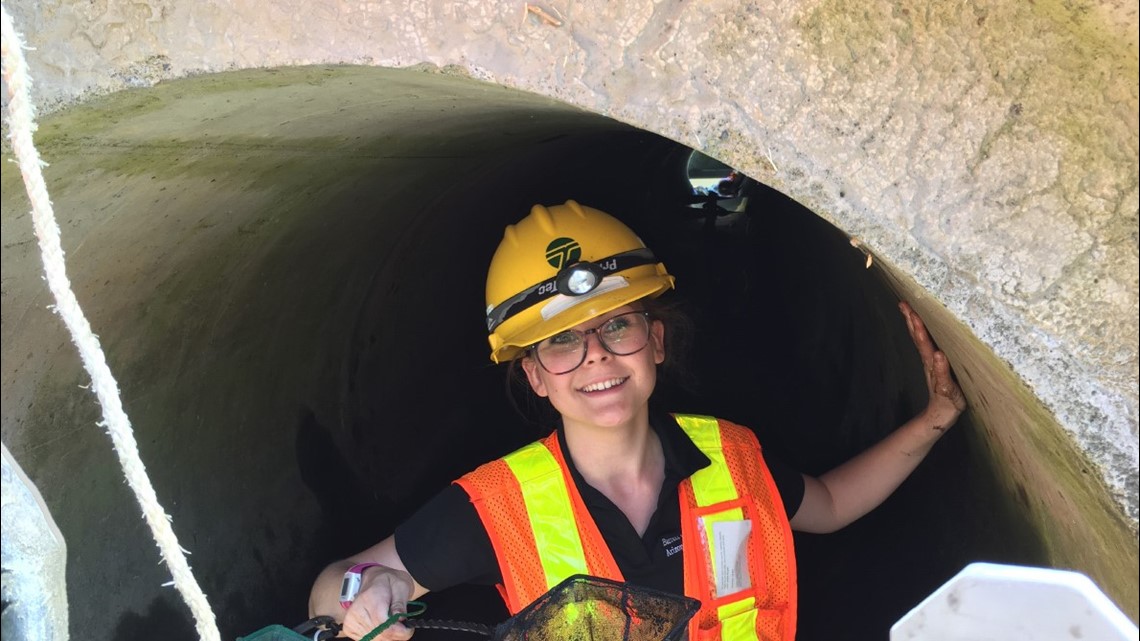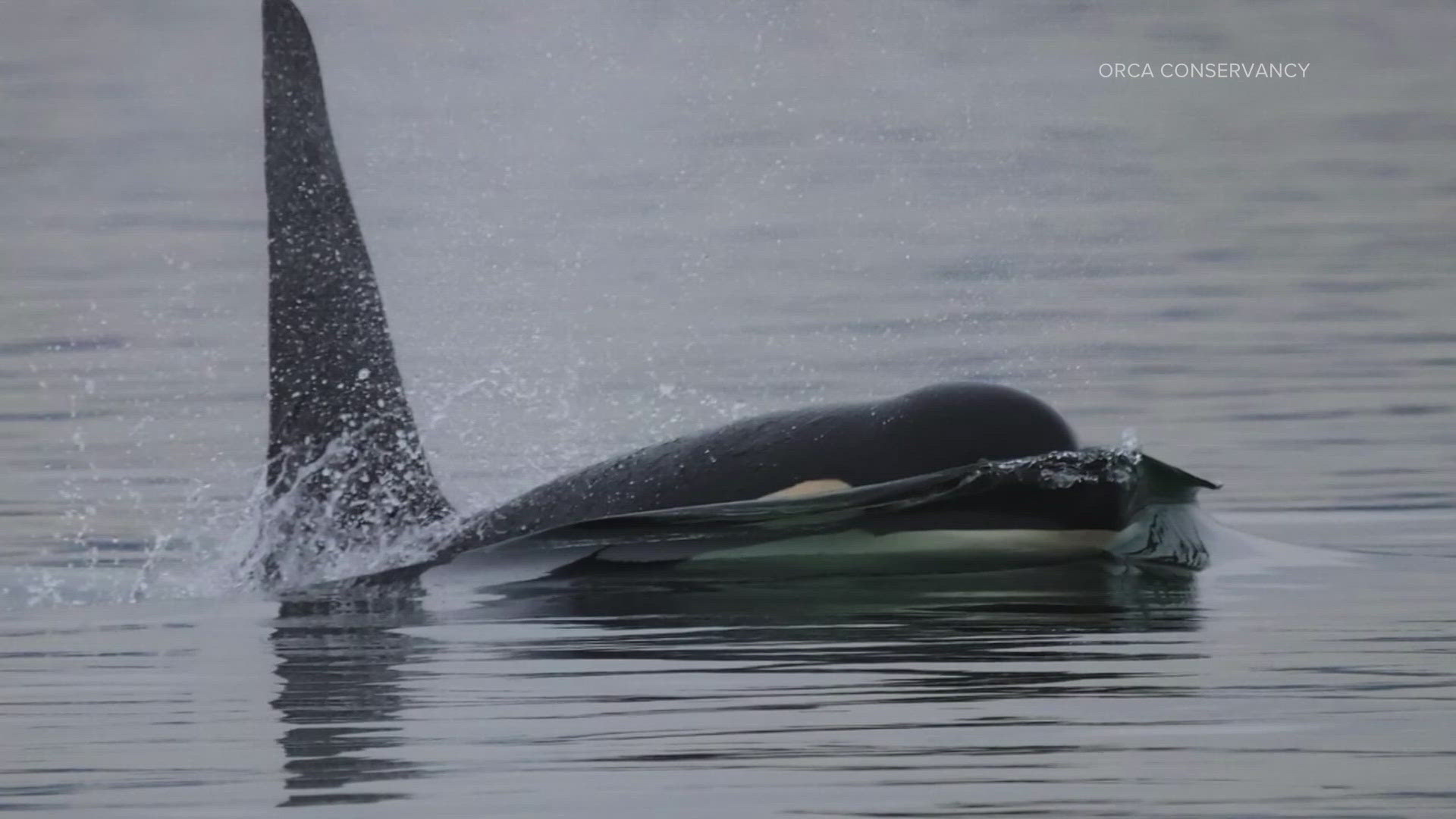Construction is underway at the Interstate 405/State Route 167 interchange, and while there are no closures (yet), crews have faced a unique obstacle in building over an aquatic area: fish and bugs.
The new ramp crosses over a few creeks and streams where some endangered species of fish live. In order to make sure that the stream is still able to flow freely and that fish can pass through undisturbed, culverts must be installed under the ramp.
A culvert is a tube-shaped structure that allows streams to continue to flow on their paths through man-made infrastructure.


However, to install these culverts, the Washington State Department of Transportation wanted to make sure that fish were safe during the process. Construction around a large population of endangered fish could threaten their survival.
WSDOT has started a process called "fish exclusion" where they move fish, specifically three-spined stickleback fish, to a wetland adjacent to the Rolling Hills Creek, where construction is taking place.
The relocation places the fish into an area where they still have access to their natural habitat and will be able to move freely once construction is complete. About 26,000 fish have been relocated.


In addition to the fish, crews found a type of giant water beetle, Lethocerus americanus, also referred to as "toe biters" due to their painful bite. The beetles are also being relocated to the same area as the fish.
Two major weekend closures will take place at the I-405/SR 167 interchange across two weekends. To learn more about the closures visit WSDOT's website.



